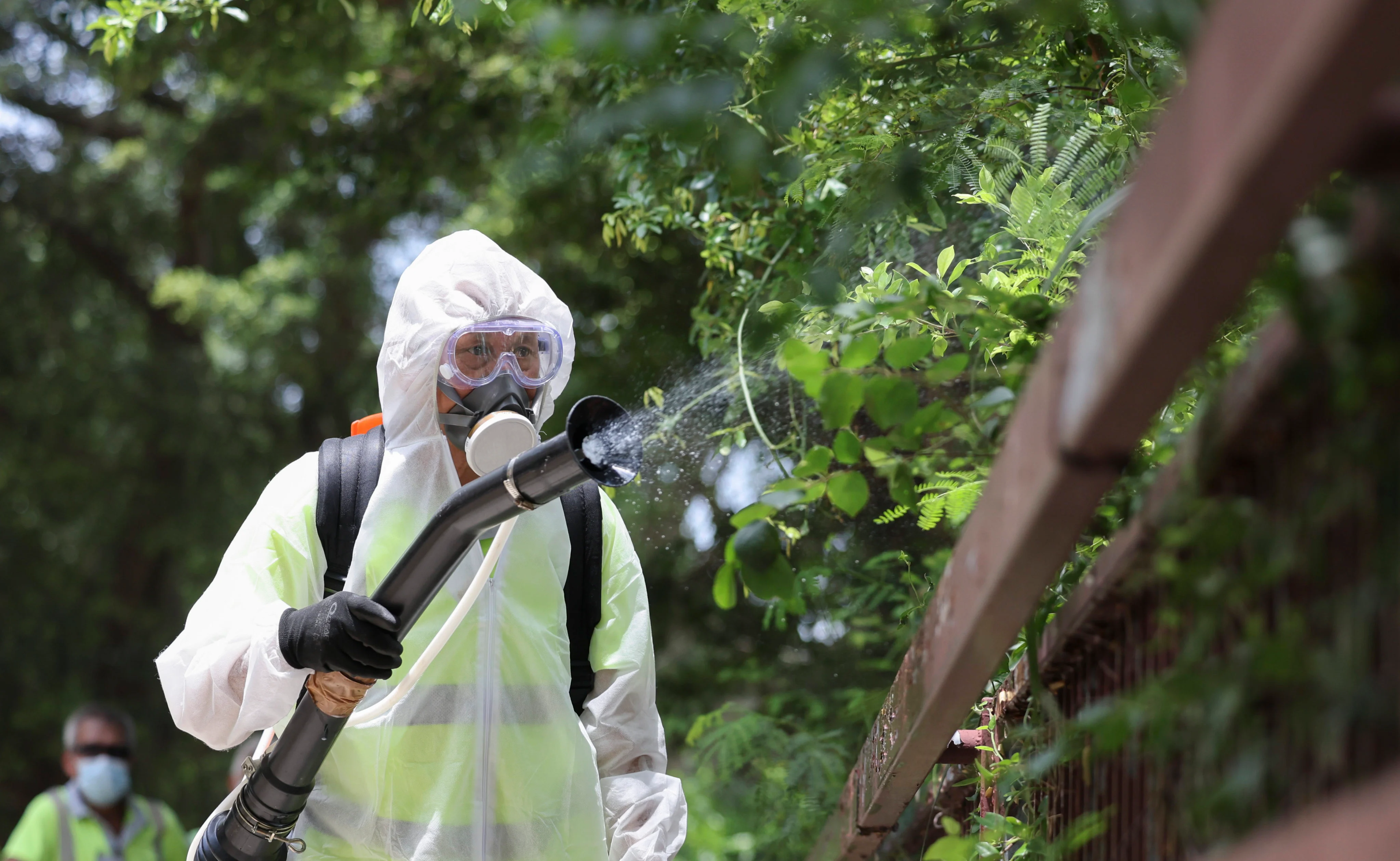By Elizabeth Cheung
Copyright scmp

Global warming and globalisation have significantly increased the number of imported dengue fever cases in Hong Kong, health experts have said, with annual infections rising from dozens to more than 100 in the past two decades.
This rapid increase has occurred alongside a growing risk of mosquito-borne diseases in the city. So far this year, Hong Kong has recorded 21 imported chikungunya fever cases, a new high since the disease became notifiable in 2009, following an outbreak in neighbouring Guangdong province.
Among the seven types of mosquito-borne diseases that must be reported to health authorities, dengue fever has seen the most significant increase from 2005 to 2025, according to statistics from the Centre for Health Protection reviewed by the Post.
Dengue typically causes symptoms such as fever, headache and pain behind the eyes. While most people recover within a week, the disease can develop into circulatory failure and even death in some cases.
The number of viral infections rose from about 30 to 80 annually between 2005 and 2012, then increased to about 100 in 2013 and nearly 200 in 2019.
The yearly figures dropped to between two and 62 cases from 2020 to 2023, likely due to severe travel disruptions during the Covid-19 pandemic, but surged to 161 in 2024 as cross-border movement resumed.
So far this year, 48 dengue fever cases have been recorded in the city.
Most cases over the years were imported, except in 2018 when outbreaks in Lion Rock Park and Cheung Chau caused 29 local infections out of 163 cases.
Marc Chong Ka-chun, an associate professor at the Chinese University of Hong Kong’s school of public health, said the warmer climate had created a more favourable environment for the spread of the disease.
“Along with climate change that brings a hotter and more humid summer, the condition provides a more suitable environment for the population growth and persistent transmission cycles of Aedes albopictus,” said Chong, referring to the mosquito species found in Hong Kong that could spread dengue and chikungunya fevers, among other diseases.
Signs of global warming have been observed locally and globally, with United Nations member states expected to present updated climate plans on September 24 at a global climate summit aiming to reduce climate change impacts.
Data from the Hong Kong Observatory shows the annual mean temperature rose by an average of 0.14 degrees Celsius (0.25 Fahrenheit) per decade from 1885 to 2024, but accelerated to 0.37 degrees per decade from 1995 to 2024.
The World Meteorological Organization also noted that the 10 warmest years on record occurred between 2015 and 2024, with last year being the hottest.
Chong warned that a warmer climate could increase the risk of virus mutation.
“With the increased outbreak size and geographical range of dengue transmissions along with global warming, the rise of transmission events may lead to a higher chance for mutations during the viral replication process in the future,” he said.
Professor Ho Kin-fai, from the same school as Chong, added that increased rainfall due to global warming also contributed to the spread of mosquito-borne diseases, as the insect bred in stagnant water, which was more common after heavy rains.
Hong Kong has experienced more rainfall this year, with five black rainstorms – the highest level in the city’s three-tier warning system – issued so far, breaking an annual record.
Ho said globalisation partly explained the rise in cases, as cross-border travel had become more frequent.
“There are more people from neighbouring places and mainland China coming to Hong Kong for travel,” Ho said. “Hongkongers also like to travel abroad.
“Globalisation means that a disease would not be limited to just one place. When a disease emerges in one place, it can be spread all over the world easily.
“Globalisation is one of the reasons contributing to a more active transmission of diseases.”
Data from the Immigration Department showed the number of passengers passing through Hong Kong’s control points increased from about 277 million in 2013 to over 314 million in 2018, then fell slightly to about 300 million in 2019.
Travel was severely disrupted during the Covid-19 pandemic, with just 1.95 million passengers recorded in 2021 and over 5.29 million in 2022. Passenger numbers then grew to 298.5 million last year, nearing pre-Covid levels.
While most dengue fever cases in Hong Kong were imported, Chong warned that the increasing number still posed a risk to the local population.
“With more imported cases carrying the virus, there will be a higher likelihood that the Aedes vectors will send the virus from one individual to another,” he said. “This could pose a threat to Hong Kong as almost none get protection from natural infection or vaccination.”
Experts advised residents to use insect repellent containing DEET and to prevent stagnant water, such as by changing the water in vases once a week, to reduce the risk of dengue and other mosquito-borne diseases.



